Home>Furniture & Design>Outdoor Furniture>How To Heat An Outdoor Cat House
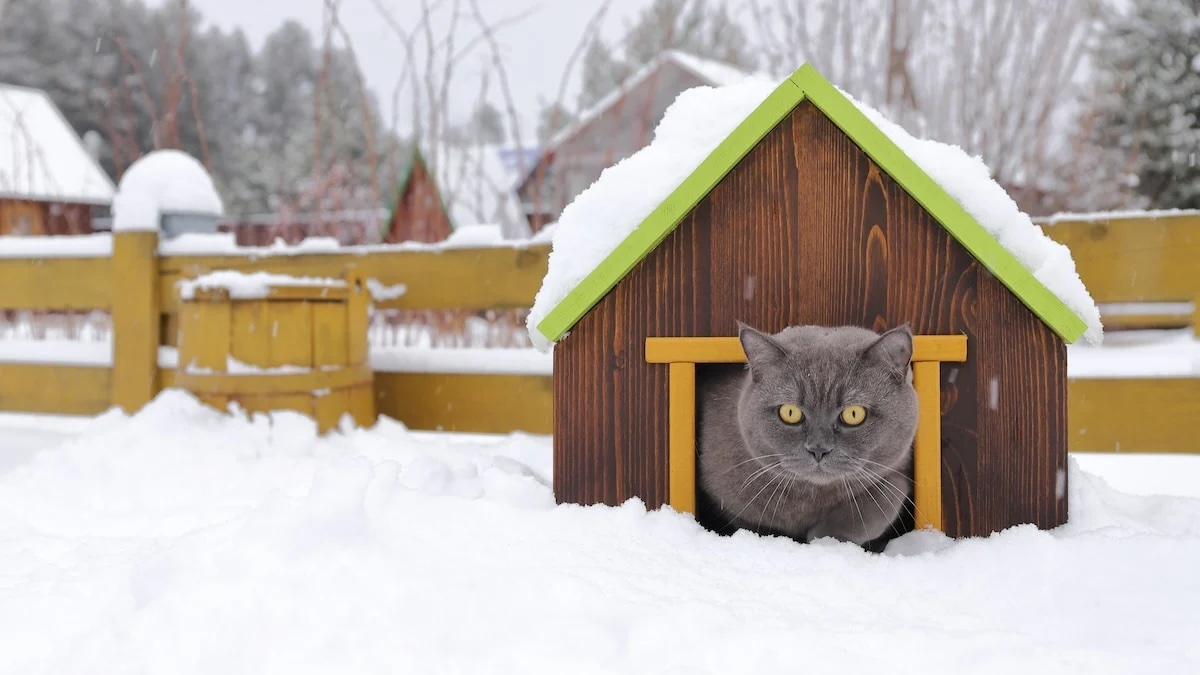

Outdoor Furniture
How To Heat An Outdoor Cat House
Modified: March 26, 2024
Learn how to properly heat your outdoor cat house with our expert tips and recommendations. Keep your feline friend warm and cozy all year round. Outdoor furniture, furniture, and design.
(Many of the links in this article redirect to a specific reviewed product. Your purchase of these products through affiliate links helps to generate commission for Storables.com, at no extra cost. Learn more)
Introduction
Welcome to the world of outdoor cat care, where ensuring the comfort and well-being of our feline friends is paramount. As the seasons change and temperatures drop, it's crucial to take proactive measures to keep outdoor cat houses warm and inviting. Whether you're a dedicated cat enthusiast or a compassionate caretaker of community cats, providing a cozy and heated shelter can make a significant difference in their quality of life during chilly weather.
In this comprehensive guide, we'll delve into the essential steps for effectively heating an outdoor cat house. From selecting the optimal location to implementing insulation and heating solutions, we'll cover everything you need to know to create a safe and snug haven for outdoor cats. By following these expert tips, you can ensure that your outdoor cat house becomes a comforting retreat, shielding its occupants from the harsh elements and offering a warm sanctuary for relaxation and repose.
Join us as we explore the art of crafting a heated outdoor cat house, where compassion meets practicality to create a haven that's truly the cat's meow!
Key Takeaways:
- Keep outdoor cat houses warm by choosing a sheltered location, insulating with warm bedding and materials, and providing a safe heating source. Regular monitoring ensures a cozy haven for outdoor cats during chilly weather.
- Creating a warm outdoor cat house involves thoughtful planning, including selecting a sheltered location, insulating with warm materials, and providing a safe heating source. Regular monitoring ensures a cozy retreat for outdoor cats during colder months.
Read more: How To Make An Outdoor Cat House
Choosing the Right Location
When it comes to setting up an outdoor cat house, the location plays a pivotal role in ensuring the comfort and safety of its inhabitants. Selecting an optimal spot for the cat house involves considering various factors that contribute to the overall well-being of the cats.
First and foremost, the chosen location should provide adequate protection from the elements. This means positioning the cat house away from direct exposure to wind, rain, and snow. Additionally, it’s essential to shield the shelter from prevailing drafts, as these can significantly impact its insulation and the cats’ comfort.
Furthermore, the location should offer a degree of seclusion and privacy, allowing the cats to feel secure and undisturbed. Placing the cat house in a quiet and peaceful area can help reduce stress and anxiety for its occupants, fostering a serene environment for relaxation and rest.
Another crucial consideration is accessibility. Ensure that the location allows for easy monitoring and maintenance of the cat house. This includes convenient access for cleaning, replenishing food and water, and, most importantly, checking on the heating mechanisms during colder months.
Lastly, it’s important to assess the proximity of the cat house to potential hazards. Avoid placing the shelter near busy roads, hazardous materials, or areas frequented by predators. By carefully evaluating these factors, you can select a location that prioritizes the safety, comfort, and well-being of the outdoor cats.
Insulating the Cat House
Proper insulation is essential for maintaining a warm and cozy environment within the outdoor cat house, especially during colder seasons. By effectively insulating the shelter, you can minimize heat loss and create a comfortable refuge for the resident cats.
One of the primary considerations for insulation is the construction materials of the cat house. Opt for sturdy and insulated materials that offer protection against the elements. Wood, with its natural insulating properties, is a popular choice for constructing cat houses. Additionally, consider adding a layer of insulation within the walls to enhance heat retention.
Another crucial aspect of insulation is sealing potential drafts and gaps. Use weather-stripping or caulking to seal any openings that may allow cold air to infiltrate the shelter. Pay close attention to areas around doors, windows, and vents, as these are common culprits for heat loss.
Furthermore, consider the flooring of the cat house. Elevating the shelter slightly above the ground and using insulated flooring materials can prevent cold from seeping in from below. This simple measure can significantly contribute to maintaining a warmer interior for the cats.
In addition to the structure itself, providing ample bedding within the cat house is paramount. Choose warm and insulating materials such as straw or specialized pet heating pads. These bedding options offer thermal insulation and comfort, ensuring that the cats have a cozy and snug space to rest.
By prioritizing proper insulation, you can create an environment within the cat house that effectively retains heat, offering a welcoming and protective space for outdoor cats to seek refuge from the cold.
Consider using a heated cat bed or a heated pad designed for outdoor use inside the cat house to provide warmth for your outdoor cat. Make sure to follow the manufacturer’s instructions for safe use.
Providing a Heating Source
Introducing a reliable heating source within the outdoor cat house is a crucial step in ensuring the comfort and well-being of its occupants, especially in colder climates. By implementing a safe and effective heating solution, you can create a warm and inviting environment that offers respite from chilly temperatures.
One popular option for heating outdoor cat houses is the use of heated cat beds or mats. These specialized pet heating pads are designed to provide gentle warmth, offering a cozy spot for the cats to rest. When selecting a heated bed or mat, ensure that it is specifically designed for outdoor use and is equipped with safety features to prevent overheating.
Another effective heating solution is the use of insulated heating pads or discs. These innovative devices are designed to retain heat for extended periods, providing consistent warmth within the cat house. When utilizing heating pads, it’s essential to position them in a manner that allows the cats to comfortably access and enjoy the warmth without the risk of damage or overheating.
For cat houses with access to a power source, heated outdoor cat shelters are available, featuring built-in heating elements that maintain a comfortable temperature for the resident cats. These shelters are designed with safety and energy efficiency in mind, offering a reliable heating solution for outdoor feline companions.
It’s important to note that regardless of the heating source chosen, regular monitoring is essential to ensure that the temperature remains at a safe and comfortable level for the cats. Additionally, always follow the manufacturer’s guidelines for the proper use and maintenance of heating devices to uphold a secure and nurturing environment within the cat house.
By incorporating a suitable heating source, you can transform the outdoor cat house into a warm and inviting haven, providing a comforting retreat for cats to seek warmth and solace during colder seasons.
Monitoring the Cat House
Regular monitoring of the outdoor cat house is essential to ensure that the heating and insulation measures are effectively maintaining a warm and comfortable environment for its feline occupants. By staying vigilant and proactive, you can address any potential issues promptly and uphold a safe and nurturing space for the cats.
One of the primary aspects of monitoring involves checking the heating source regularly. Whether it’s a heated bed, insulated pad, or specialized outdoor cat shelter, verifying that the heating element is functioning properly and maintaining a consistent temperature is crucial. This includes monitoring the power source, ensuring that cords are intact and protected from damage.
Additionally, it’s important to inspect the insulation of the cat house, particularly during the transition to colder weather. Check for any signs of wear or damage to the insulation, and promptly address any areas where heat loss may occur. Maintaining a well-insulated shelter is fundamental to preserving a warm and cozy environment for the cats.
Regular cleaning and maintenance of the cat house are also vital components of monitoring. Keep the shelter clean and free of debris, as a well-maintained environment contributes to the overall comfort and health of the cats. This includes replacing bedding materials as needed and ensuring that the interior remains dry and welcoming.
Furthermore, observe the behavior of the cats to gauge their comfort within the shelter. Content and relaxed behavior, such as curled-up napping, indicates that the cat house is providing a comfortable retreat. Conversely, signs of discomfort or restlessness may warrant a closer inspection of the heating and insulation elements.
By maintaining a proactive approach to monitoring, you can address any potential issues promptly and ensure that the outdoor cat house remains a warm, secure, and inviting haven for its feline inhabitants.
Read more: What To Put In An Outdoor Cat House
Conclusion
As we conclude our exploration of heating an outdoor cat house, it’s evident that creating a warm and inviting shelter for outdoor cats requires careful consideration and proactive measures. By choosing the right location, insulating the cat house effectively, providing a reliable heating source, and maintaining regular monitoring, caretakers can ensure that outdoor cats have a comfortable and secure refuge, especially during colder months.
It’s essential to approach the task of heating an outdoor cat house with compassion and dedication, recognizing the significance of providing a safe and nurturing environment for our feline companions. The thoughtful implementation of heating solutions and insulation measures reflects a commitment to the well-being of outdoor cats, fostering a sense of care and protection for these beloved animals.
Ultimately, the goal of heating an outdoor cat house extends beyond creating a warm space—it encompasses the creation of a sanctuary where outdoor cats can find solace and comfort amidst changing weather conditions. By incorporating these essential steps and maintaining a vigilant approach to cat house care, caretakers play a vital role in enhancing the lives of outdoor cats and ensuring that they have a cozy haven to call their own.
With a blend of practicality, compassion, and dedication, heating an outdoor cat house becomes an opportunity to provide a meaningful and comforting refuge for outdoor feline companions, enriching their lives and strengthening the bond between humans and their cherished feline friends.
Frequently Asked Questions about How To Heat An Outdoor Cat House
Was this page helpful?
At Storables.com, we guarantee accurate and reliable information. Our content, validated by Expert Board Contributors, is crafted following stringent Editorial Policies. We're committed to providing you with well-researched, expert-backed insights for all your informational needs.
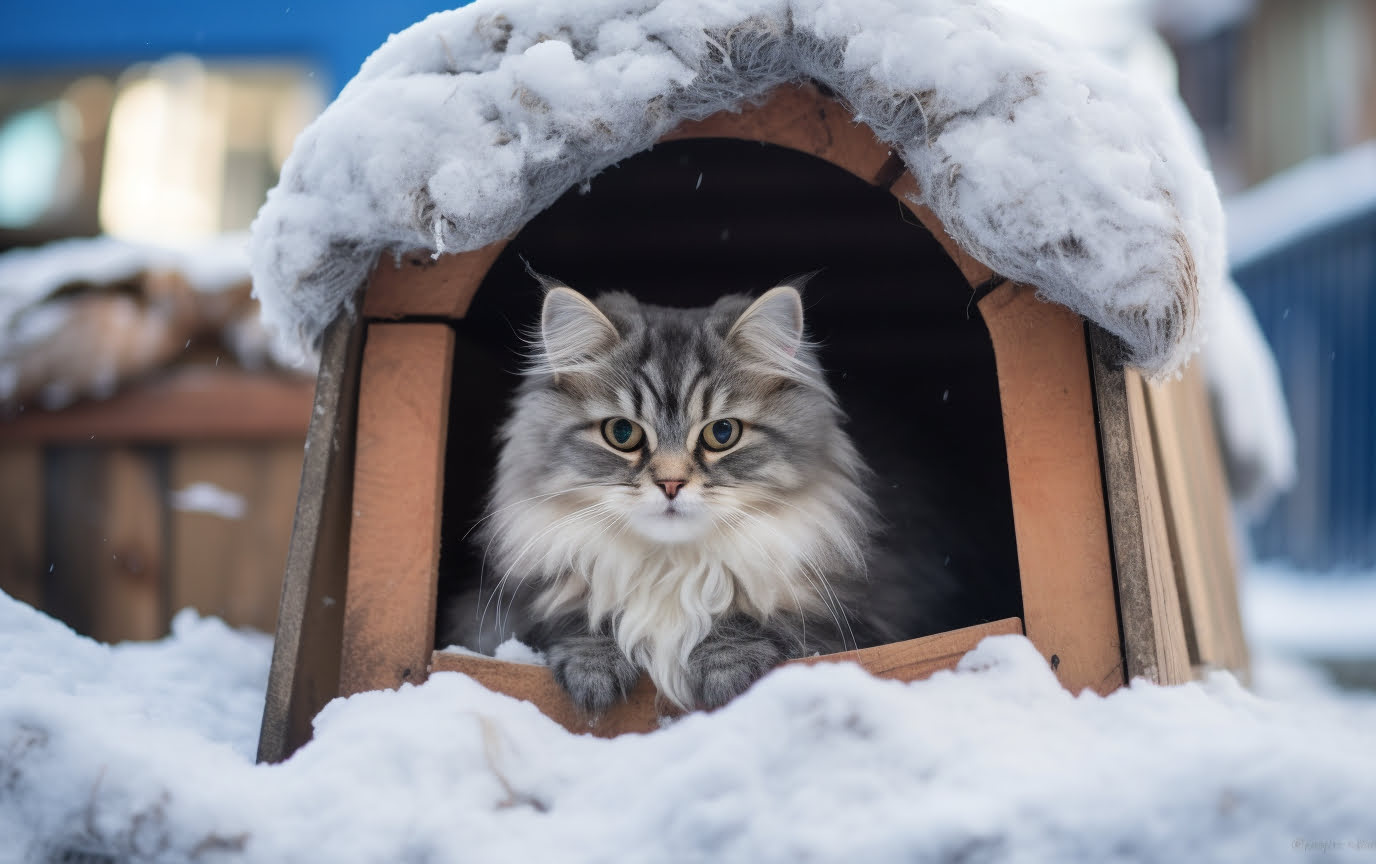
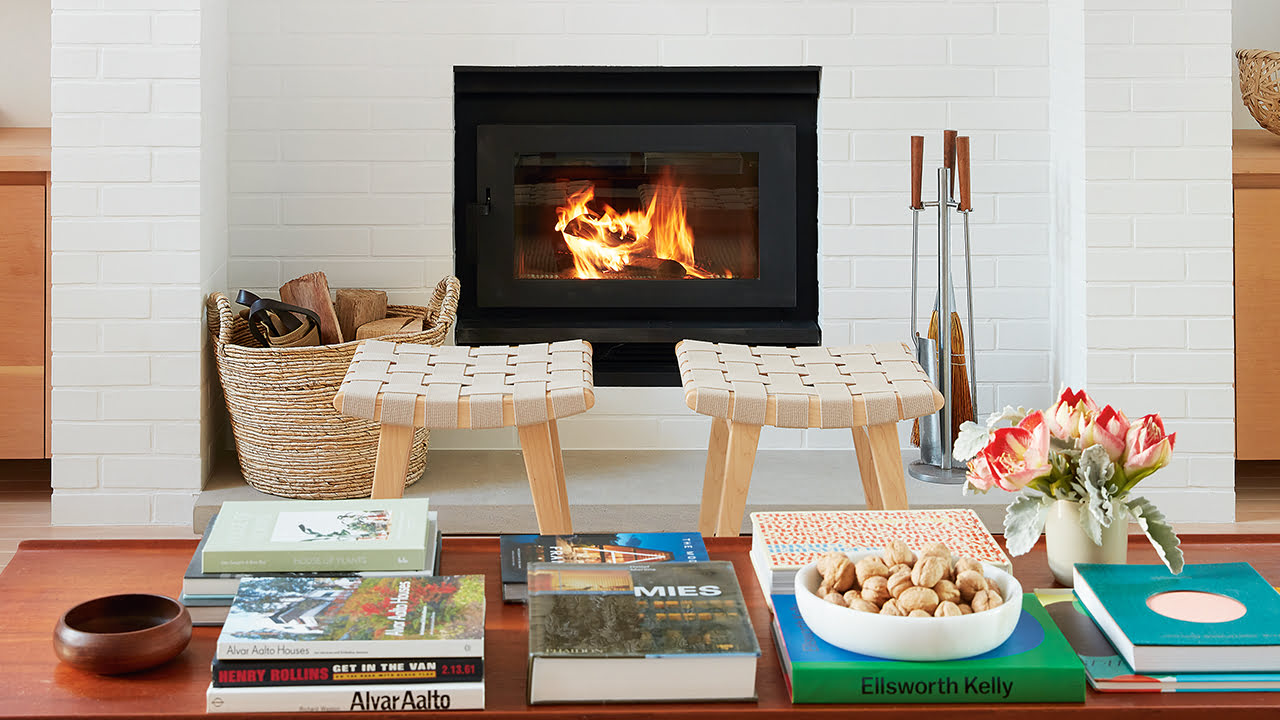

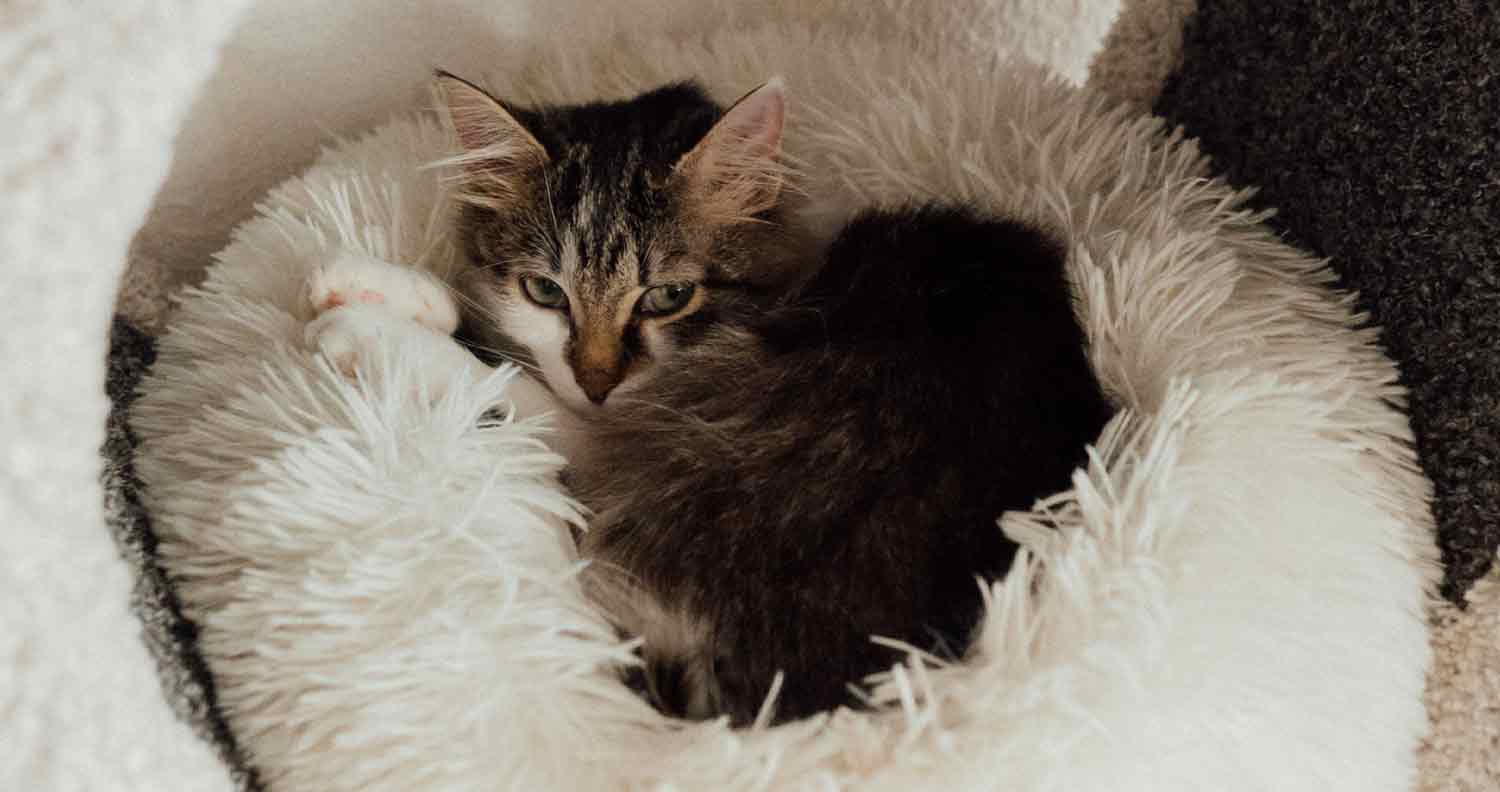
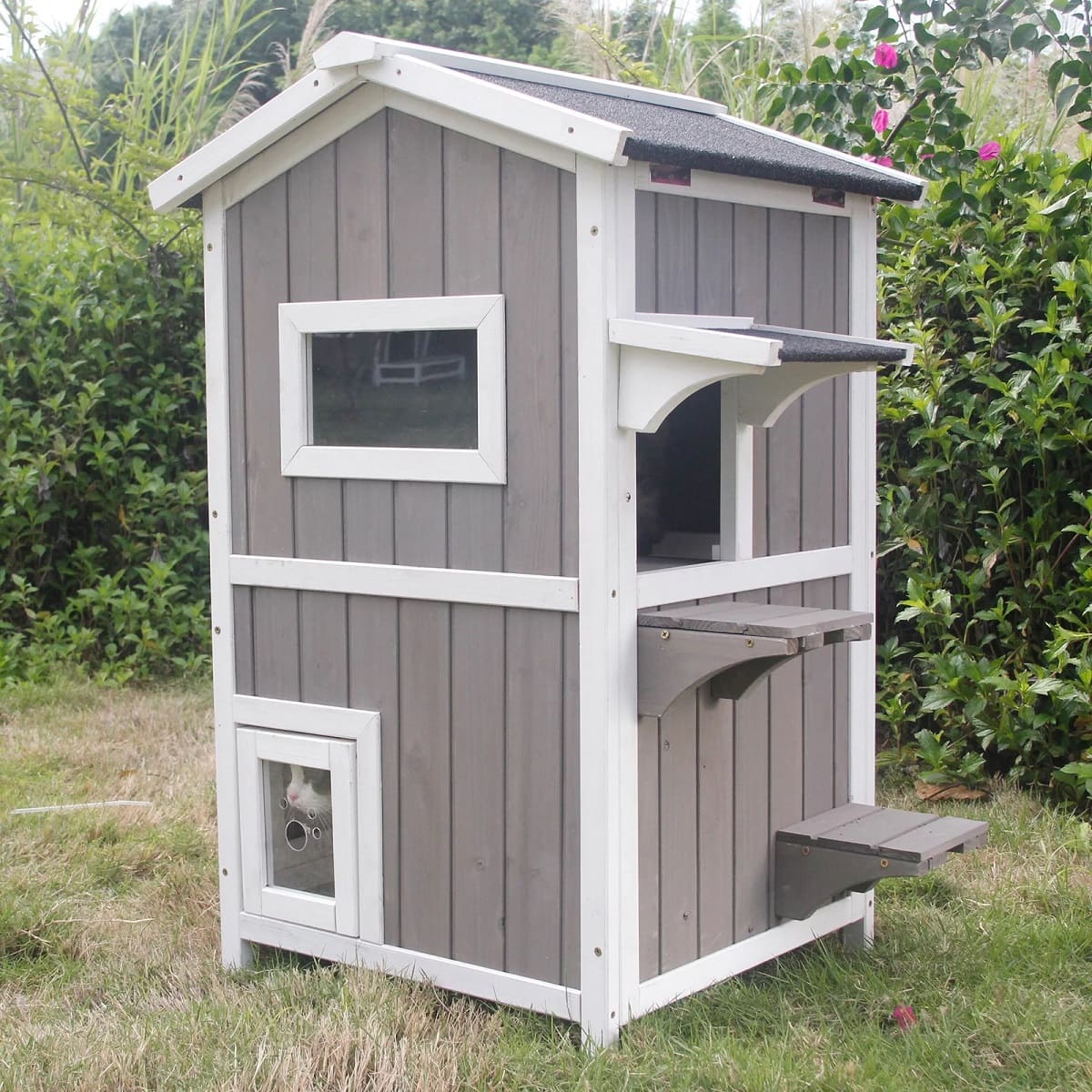
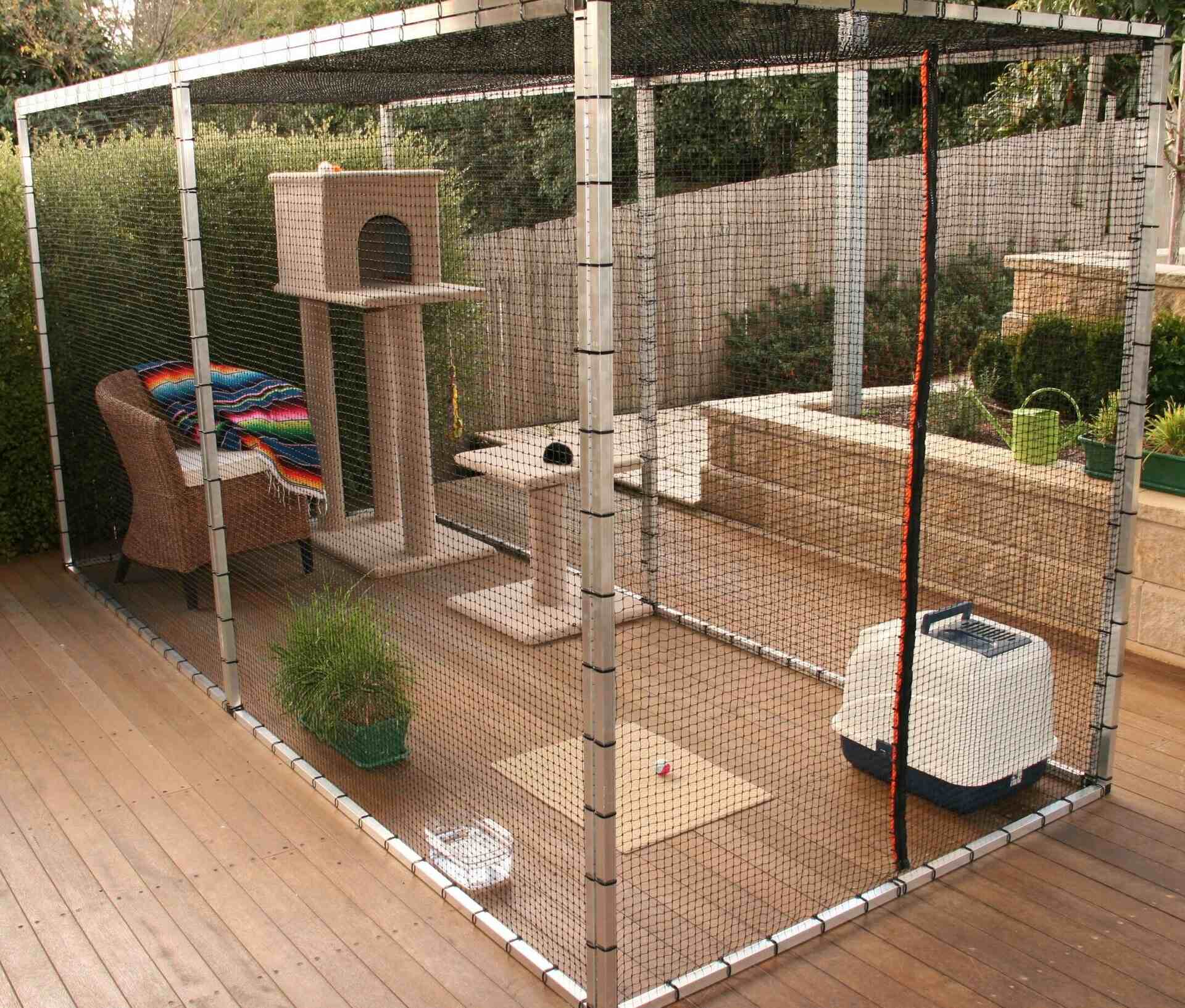
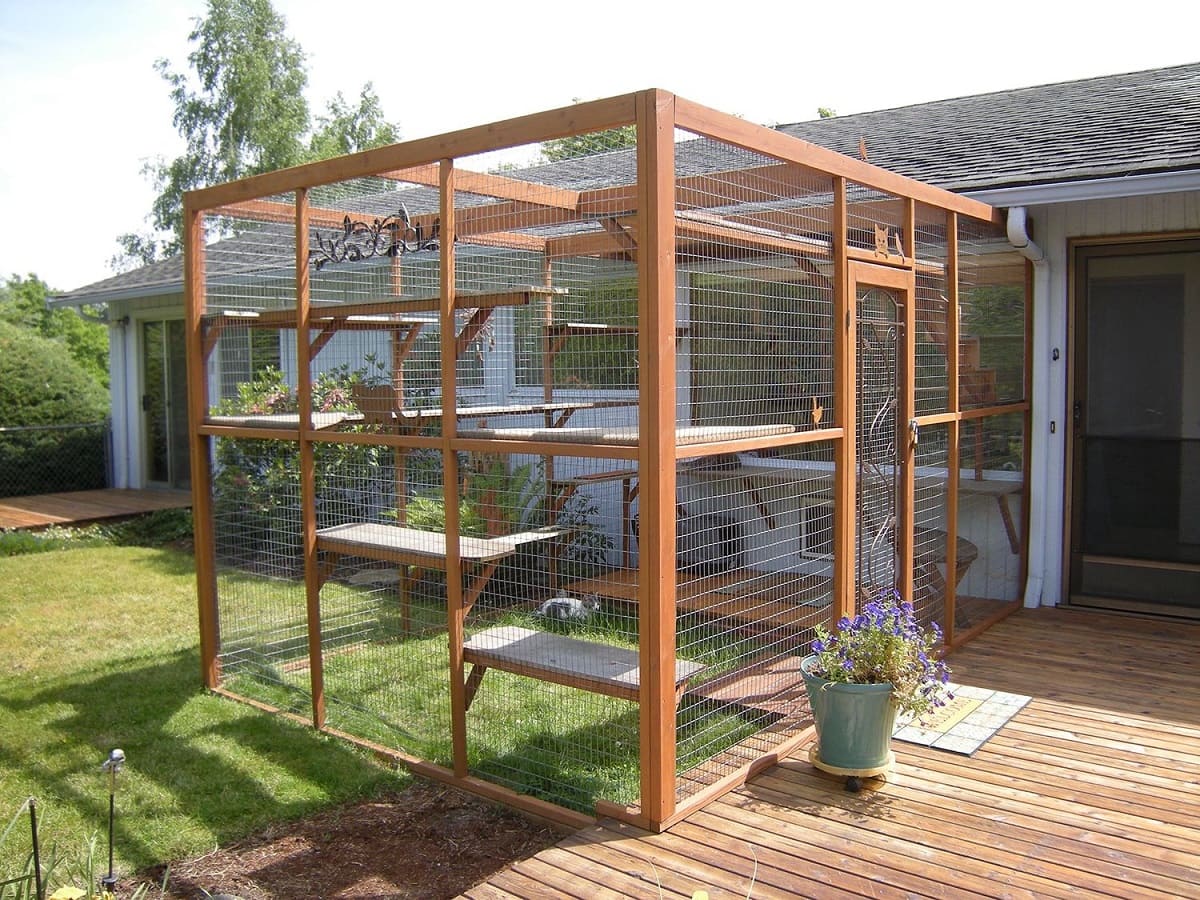
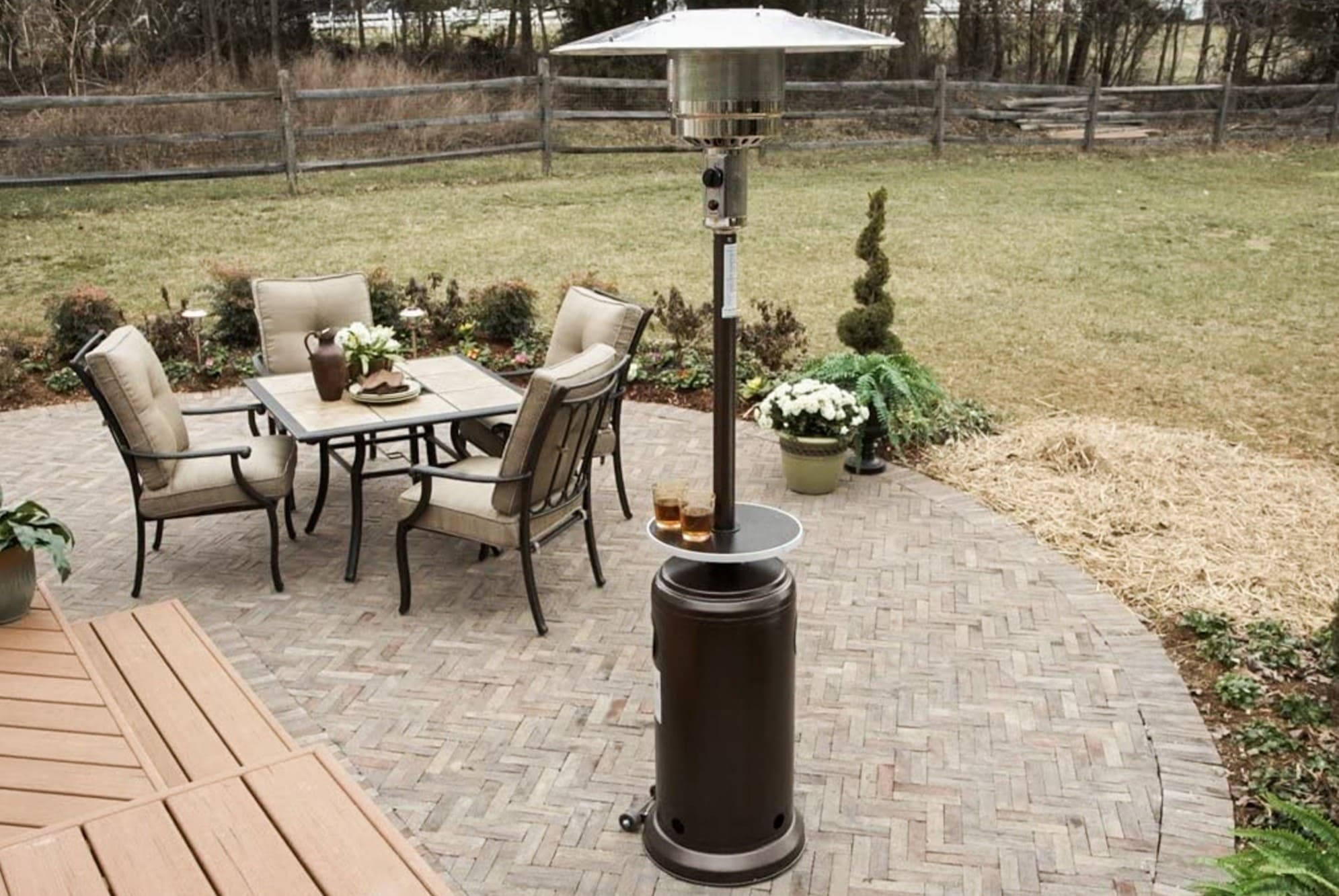
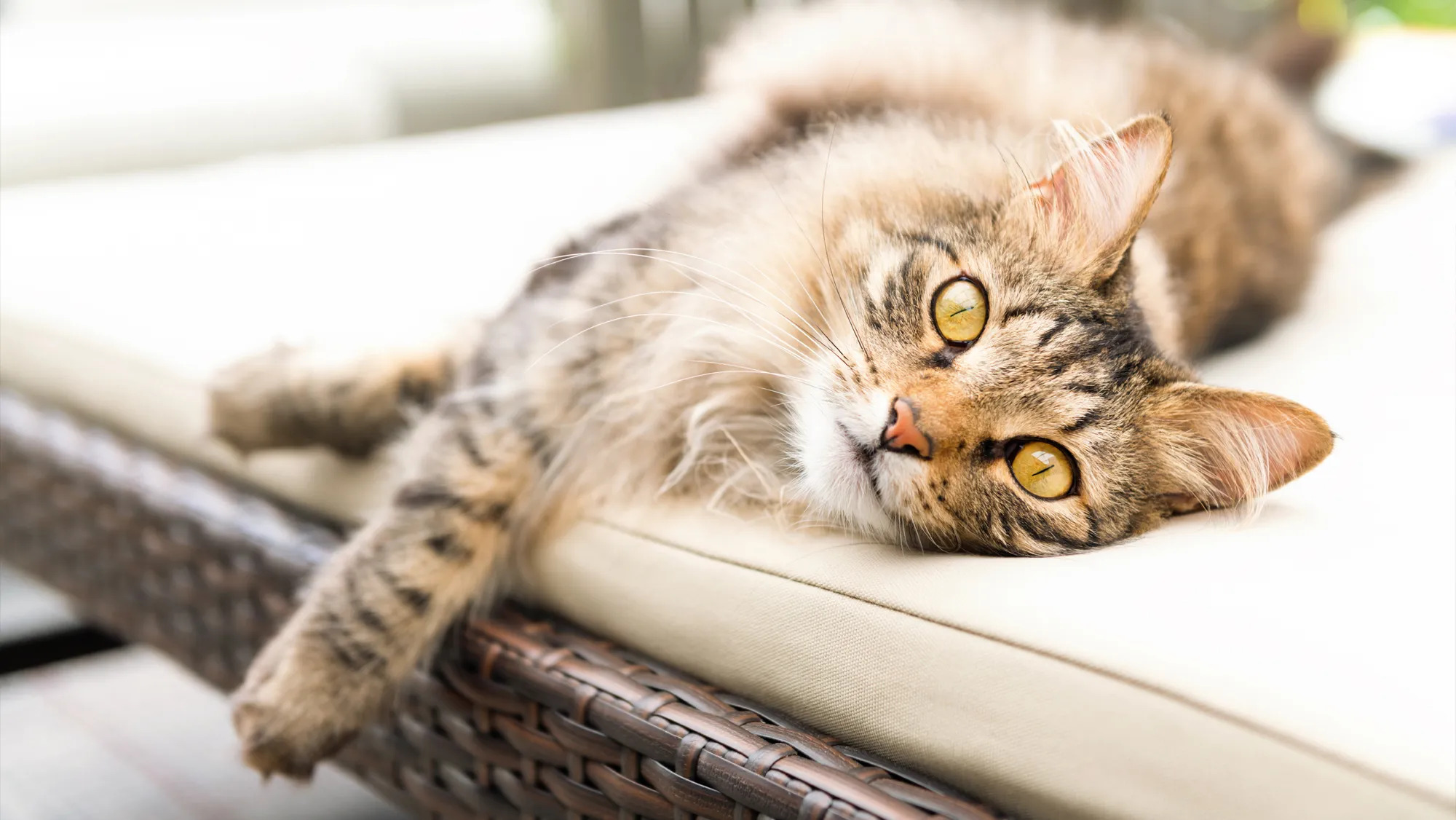
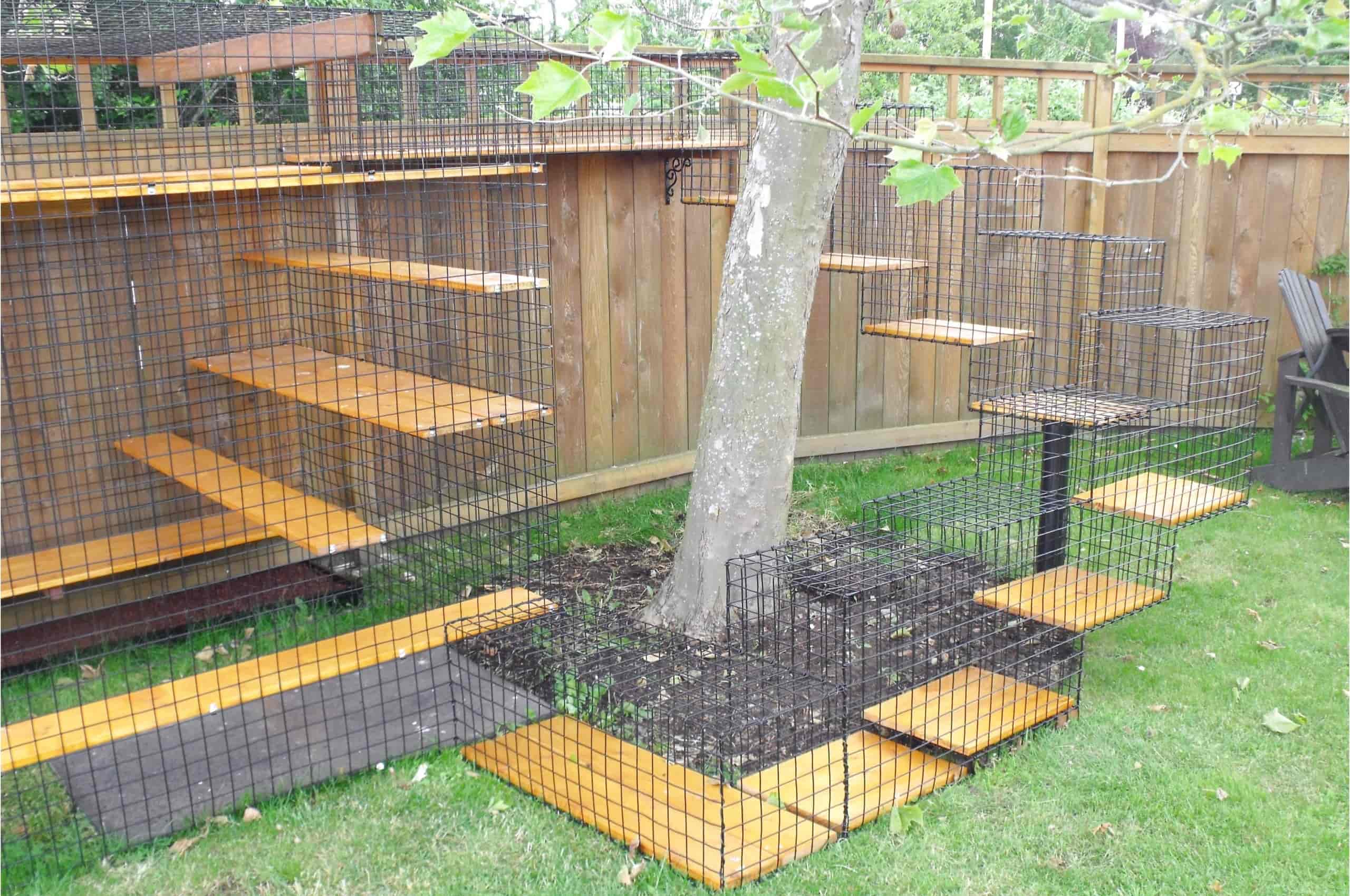
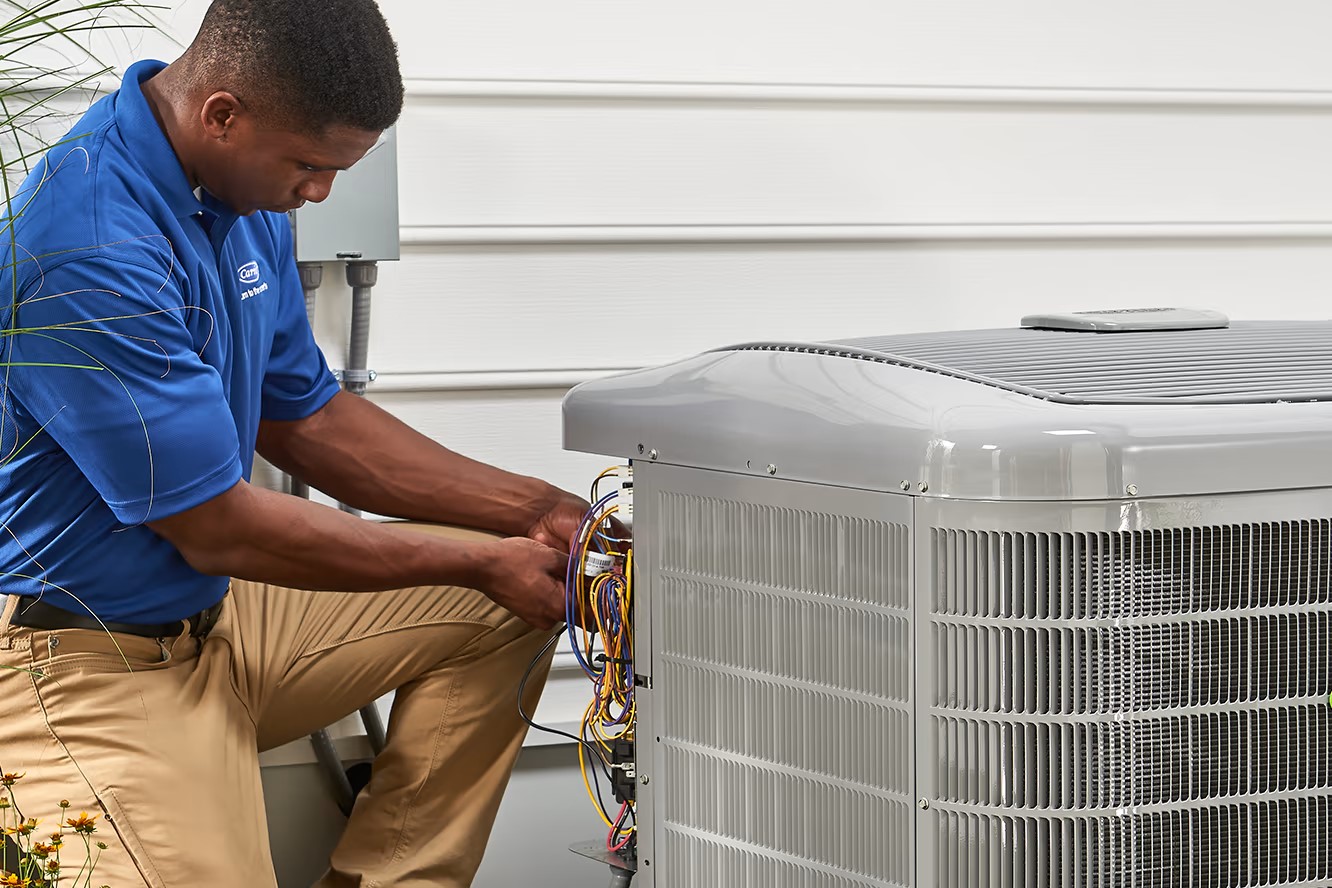
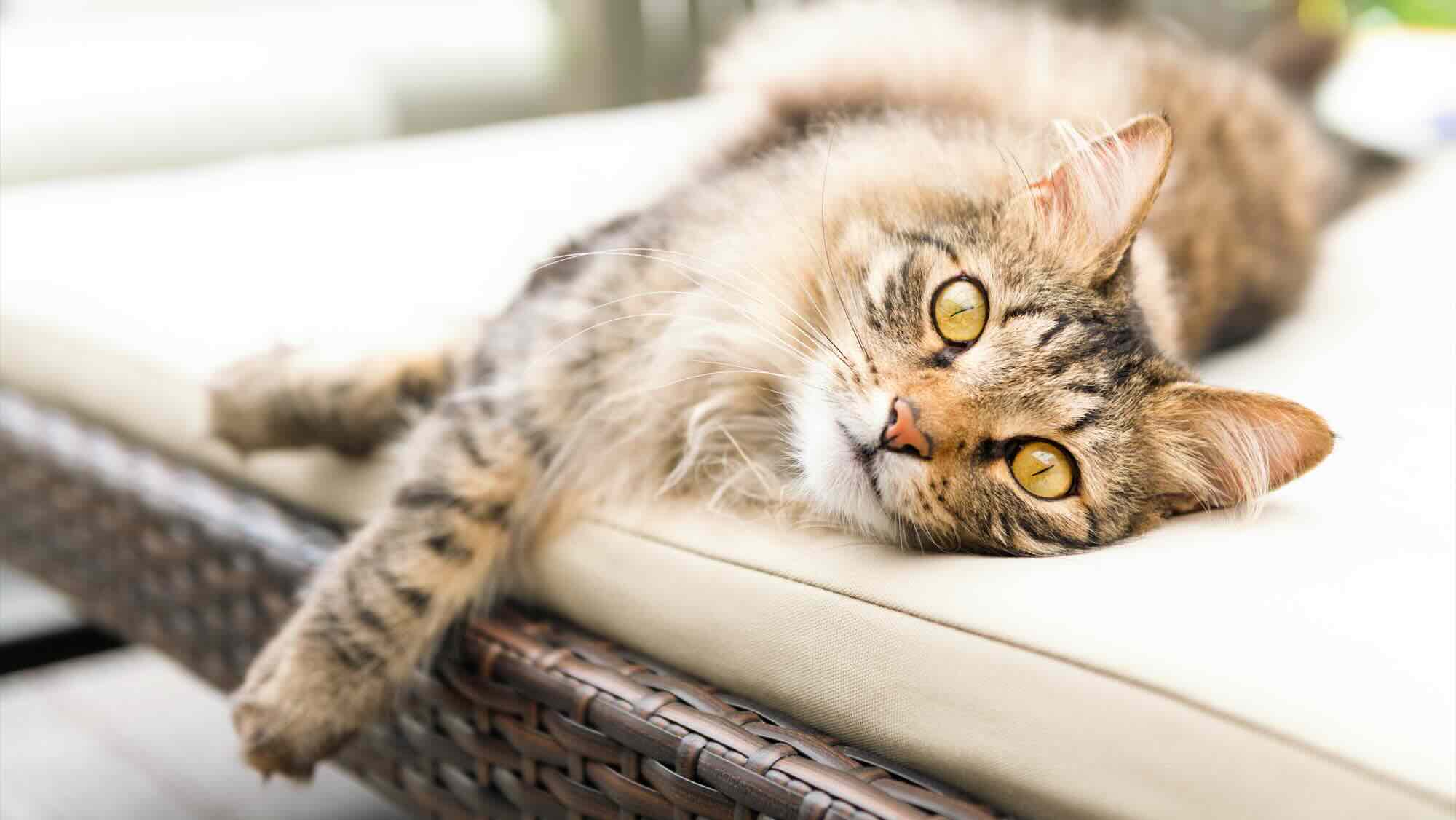
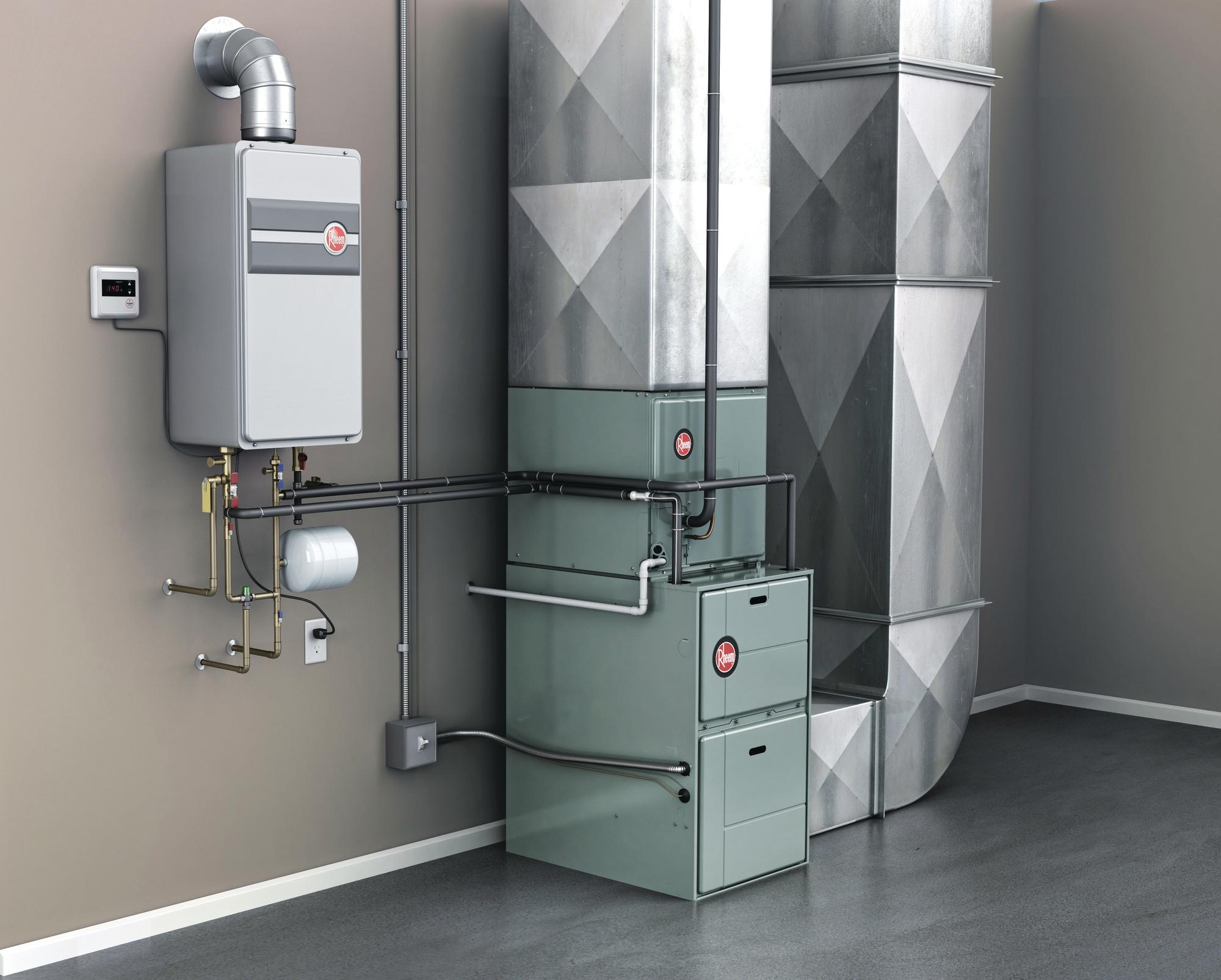
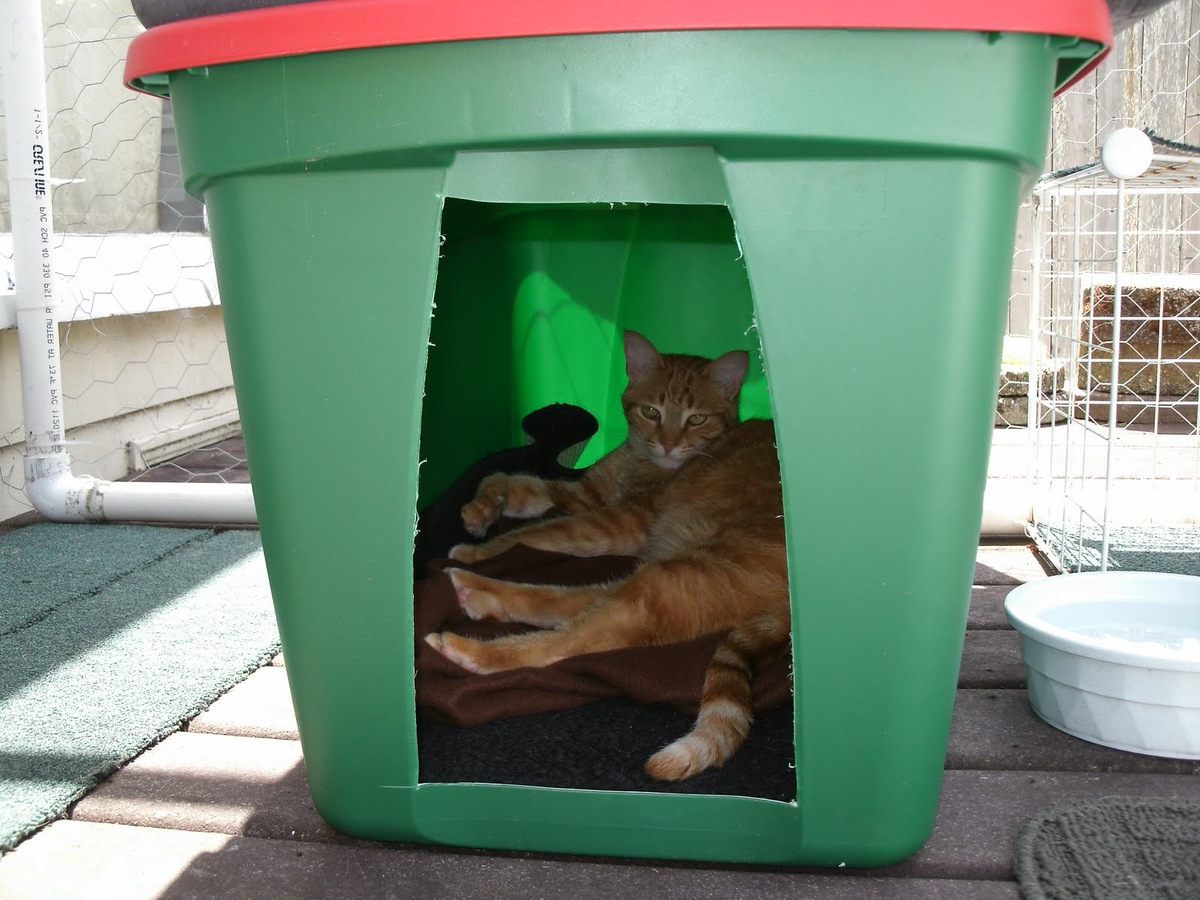

0 thoughts on “How To Heat An Outdoor Cat House”